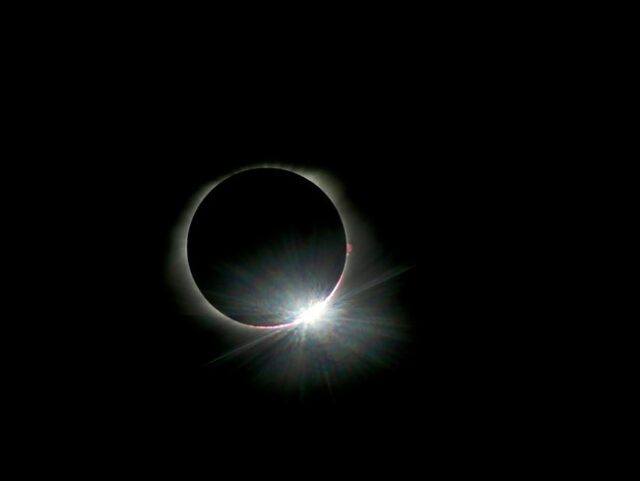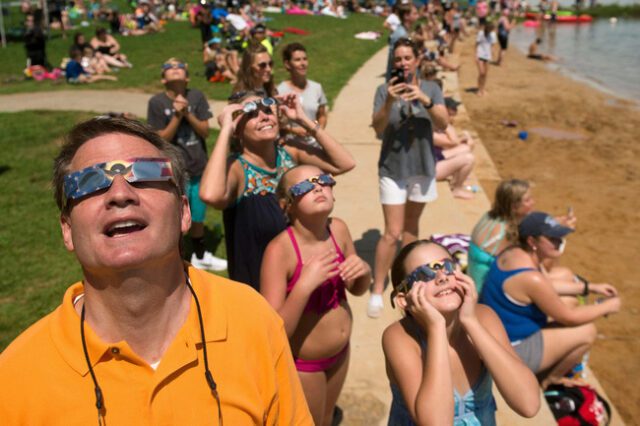
The anticipation surrounding the April 8, 2024, total solar eclipse is palpable, and the event has become a focal point for sky enthusiasts and curious onlookers alike. What sets this eclipse apart is its exceptional accessibility, casting its shadow over a broader stretch of the United States compared to its predecessor in 2017. NASA notes that the path of totality, where observers can witness the complete darkness as the moon covers the sun, is significantly wider this time. This rarity contributes to the widespread interest, with millions of people planning trips to experience this astronomical phenomenon. Moreover, the 2024 eclipse promises a more awe-inspiring spectacle than other types of eclipses. Unlike annular eclipses, where the moon leaves a “ring of fire” around the sun, and lunar eclipses, which result in a red moon, a total solar eclipse plunges the Earth into a profound darkness akin to night.

NASA emphasizes that differences in the path, timing, and scientific research make the 2024 event even more exciting for observers. The emotional impact of such occurrences is evident from past experiences, as people who witnessed the 2017 eclipse reported a sense of collective connection, and similar reactions are expected this time. Looking ahead, the rarity of total solar eclipses over the U.S. adds to the significance of the April 8 event. The next visible total solar eclipse is not projected to occur until August 23, 2044, and it will only touch a limited number of states. This emphasizes the unique accessibility of the 2024 eclipse and underscores the importance of seizing the opportunity to witness this breathtaking celestial display. The emotional reactions, cultural interpretations, and the collective sense of wonder that accompany such events make them not just astronomical occurrences but profound shared experiences that resonate across time and cultures.














